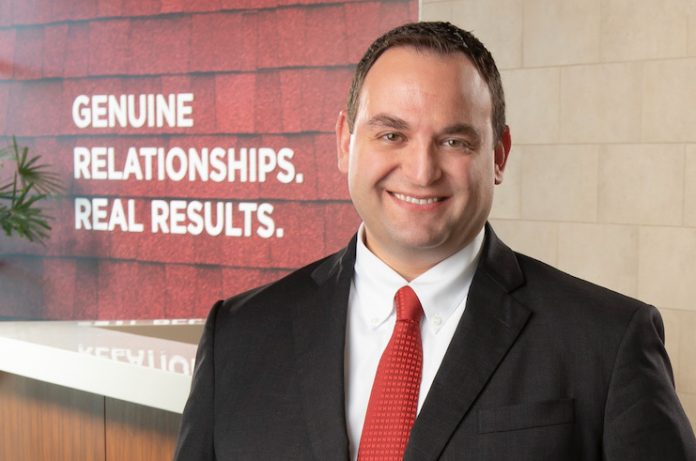Red Roof’s president George Limbert has already visited over 100 hotels as part of a “Look & Listen” tour to learn from the experiences of franchise owners. At the recent 2022 Hunter Hotel Investment Conference, Limbert shared with LODGING some of what he’s learned from franchisees, his company’s plans and progress, current challenges, and even the value of a law school education for a hotelier like himself.
How and why have you embarked on this “Look & Listen” tour?
This is an initiative I started when I was still interim president, figuring that one way to find out what’s going on is to get out on the road and see for myself. I’m working toward visiting each of our 660 properties to connect with the franchise owners. Once we get past the initial formality—I assure them this is not an inspection—we have great, productive conversations. There’s so much to learn; we want to know what’s on their minds and what they’re doing right so we can implement those ideas on a system-wide basis. This is the mentality of our senior team, which is conducting its own mini-tour. It’s a mentality I’d like to bring to Red Roof every day. We’re not sitting up in a tower and making decisions from afar that are out of touch with our guests and franchise owners.
What is your growth strategy?
We have four great brands. Red Roof Inn remains our core brand, along with Red Roof PLUS+. The Red Collection is a soft brand. There is also our extended-stay brand, HomeTowne Studios, for which we revamped our prototype last year; we redesigned it with the labor shortage and COVID in mind and are excited about the efficiencies that the prototype brings.
In terms of growth, there are two paths: conversion and new construction. Our core brand, Red Roof Inn, is mostly a conversion brand. With it, we will continue to provide the best value proposition in the economy segment for our owners and to show the economy segment of the industry overall that we’re at the top of our industry. With our new-construction brand, HomeTowne Studios, we are poised to take advantage of the momentum in the extended-stay segment. Its construction is at a price point that makes a lot of sense in our industry, so we’re really focused on building that pipeline.
How are you evolving to meet the needs of today’s travelers?
As a result of the pandemic, we changed our business model and developed a different strategy. We looked at what the customers really wanted and we focused on their needs. That was also part of the reasoning behind the Look & Listen tour. We wanted to see for ourselves what’s working and what’s not. We’re not going to make decisions unless there’s a lot of thought, data, and analysis behind them. That’s what got us through the pandemic successfully, and that’s how we plan to navigate any kind of global uncertainty in the future.
What are you most concerned about right now?
There is much to be concerned about. Overall, it’s that uncertainly I mentioned, so we’re cautiously watching everything—infection rates, rising interest rates, global issues. Inflation will affect everyone. However, we think people will still travel because of pent-up demand, although they might be cutting back, taking what our marketing director calls “shrink-cations” due to higher costs of everything.
Then there are challenges to our own industry, the topic of a panel discussion at the Hunter Hotel Investment Conference in which I participated. While everyone else cited the labor shortage as the single greatest challenge, I respectfully disagreed. Much as I hated to contradict those titans of our industry, I said the failure to embrace the spirit of innovation and technology is the biggest challenge to our industry, that embracing technology and innovation is what will ultimately help us solve many of the issues we’re facing, including the labor shortage. From this point of view, I can thank law school, where you learn to think differently, how to approach problems from all different angles.











